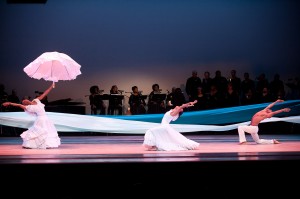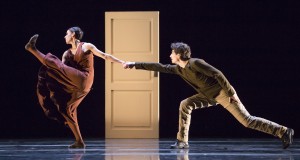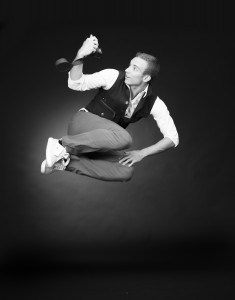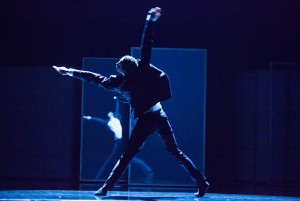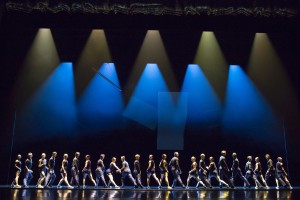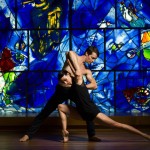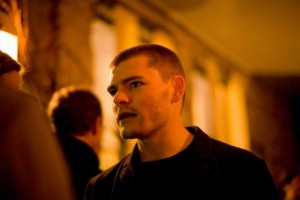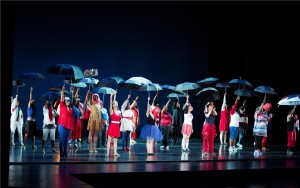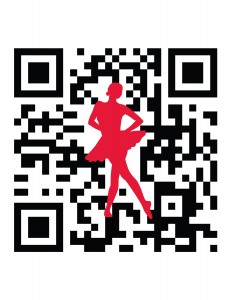Nothing says end-of-the-year-review time quite like the last day of the year…am I right? My proficiency in procrastination aside, now is the time to reflect on the past year and look forward to new, exiting surprises in the next. Here’s my Dancin’ Feats year-end review for Windy City Times that came out last week noting 12 memorable performances/performers of 2012, but I wanted to add a few more things.
Looking back at my notes and programs from the year (yes, they are all in a pile, I mean filing system, in the corner of my bedroom) I am so thankful for all the wonderful dance I get to see. Narrowing it down to 12 “top whatevers” was not an easy task for there were too many people and performances to name. Here are some other performances that are still in my thoughts:
Alvin Ailey Dance Theater in Ohad Naharin’s Minus 16. Although Revelations is still amazing, seeing this company in more contemporary work was refreshing. And the audiences at Ailey performances are a show unto themselves.
Paris Opera Ballet and American Ballet Theatre‘s performances of Giselle were stellar for their star-studded casts on opening night, but ABT’s Sunday matinee with real-life couple Yuriko Kajiya and Jared Matthews stole my heart.
Luna Negra Dance Theater founder Eduardo Vilaro brought Ballet Hispanico to town with former Chicago dancers (Jamal Callender, Jessica Wyatt and Vanessa Valecillos) back for a rep show at the Dance Center to much acclaim, while current director Gustavo Ramirez Sansano continues to take the company in new and fascinating directions.
The Seldoms, in their tenth year, deconstructed the Harris Theater and traipsed around the world to collaborate with WC Dance in Tapei, while tackling the ongoing arguments around climate change with artistic director Carrie Hanson’s trademark wit and intelligence.
Before Hubbard Street Dance Chicago turned 35 this fall, it said goodbye to retiring, beloved dancer Robyn Mineko Williams. Artistic Director Glenn Edgerton completed his goal of presenting all five master European choreographers in the rep with the acquisition of Mats Ek’s Casi-Casa. Ek’s work took the company to a new level, but I’m still haunted by their dancing in William Forsythe’s Quintett from the summer series.
The Joffrey Ballet performed Forsythe’s In the Middle, Somewhat Elevated in their regular season and at the Chicago Dancing Festival. I was proud to be an official CDF blogger for the second year in a row. New to the fest this year was Giordano Dance Chicago, now celebrating 50 years. And Muntu Dance Theatre of Chicago hit 40!
River North Dance Chicago dancer Ahmad Simmons deserves a mention for his work in Ashley Roland’s Beat, particularly his performance on the Pritzker Pavillion stage in Millenium Park.
Special thanks to Catherine Tully of 4dancers.org for her continuous and generous encouragement and insight. Thanks lady!
Dance writing-wise, I’m thankful for the opportunity to write for Front Desk Chicago, Windy City Times, 4dancers and Dance Magazine.
I could go on (and on…), but tomorrow is a new year and I look forward to seeing more incredible dancing and dancers in our most awesome city. Happy New Year!

